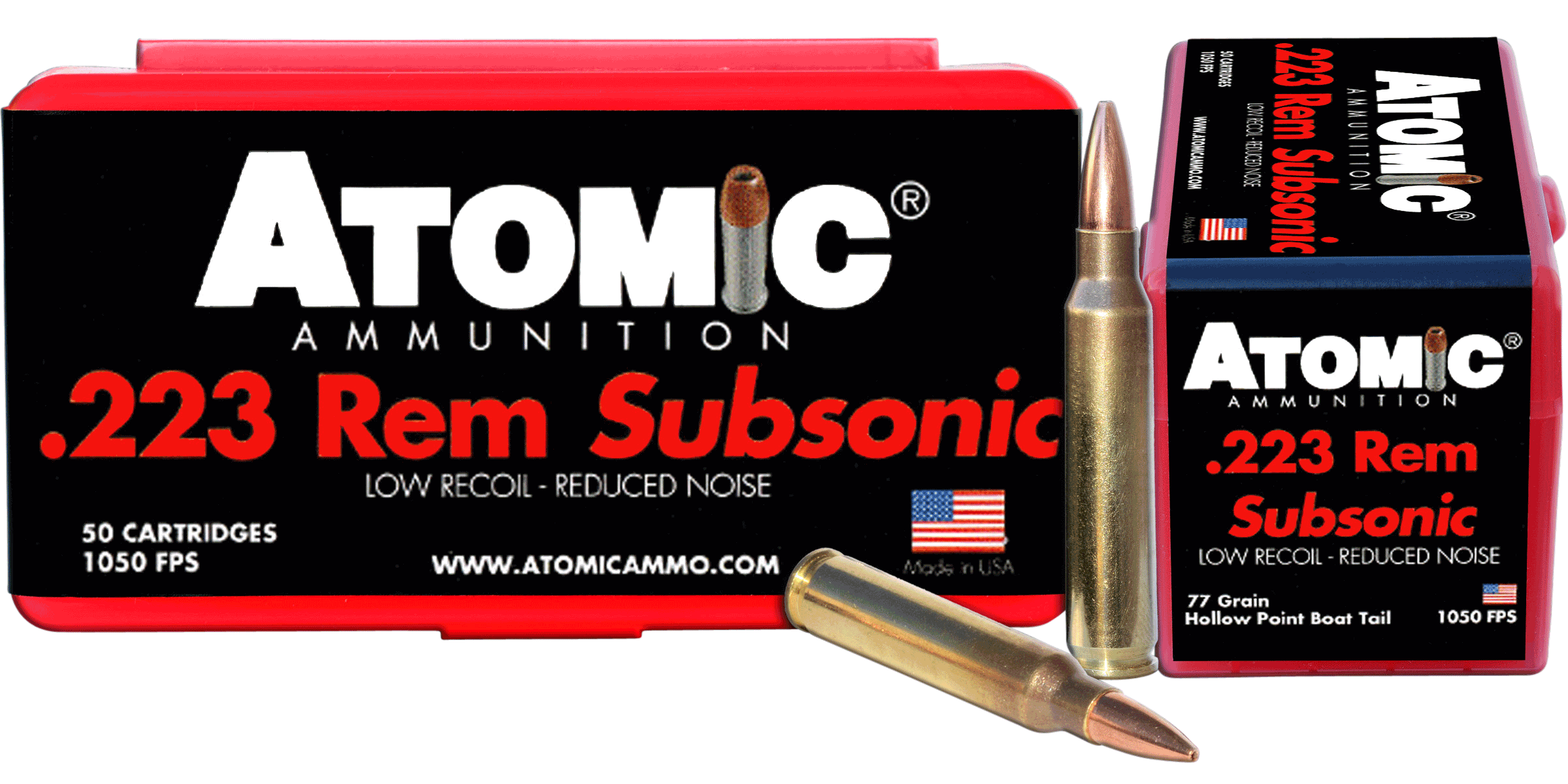

This especially applies to spherical powders, because their tiny granules include very resistant coatings to slow the burn rate.Ĭharges of H-4895 and IMR-4895 can be cut to 60 percent of maximum and still produce fine accuracy for reduced loads in cartridges including: (1). In general, powders with a burn rate around IMR-4350 or slower should not be used in charges lighter than listed starting loads, partly because they’re more difficult to ignite. Since smaller charges of faster-burning powders cost less anyway, why take the risk? Nobody really knows why such excursions occur, but one guess is that only part of the powder charge initially ignites, pushing the bullet into the lands and blocking the bore before the rest of the powder takes off. Instead, it means “a deviation from a direct, definite or proper course,” as when a rifle blows up. This sounds simple enough, but experienced handloaders have read warnings about not reducing charges of slow-burning powders more than 10 percent, due to the possibility of blowing up a rifle because of “pressure excursions.” In this context, excursion does not mean a trip to visit the grandchildren in Spokane. There are two basic kinds of reduced rifle loads: “somewhat” and “really reduced.” Somewhat- reduced loads are easiest, because all one has to do is cut back a full-power powder charge. Teach a man to fish, and you feed him for a lifetime.” The same general principle applies to handloading, and thanks to many knowledgeable shooters, I eventually learned several basic principles of working up reduced loads for almost any rifle cartridge. Some of those reduced loads are listed here, but an old proverb states: “Give a man a fish, and you feed him for a day. Then there are old rifles unsuitable for high- pressure handloads, because of design, materials or both several of mine were made from the 1880s to the 1920s. Not only are they more pleasant to shoot but are also much less expensive than full-power handloads costing up to $3.00 a round. I’ve developed milder hunting/practice loads for really big rifles. I’ve worked up a bunch over the decades, including small-game loads for slipping into the chamber if a blue grouse or turkey appears during a fall hunt for big game (legal here in Montana). 223 levels, not only saving per-round costs but also reducing recoil and extending barrel life.Įven nonretired handloaders find uses for reduced loads. 223 loads aren’t necessary for shooting holes in paper, or even many varmints? Some load a.

Why not use milder loads to take advantage of cheap, abundant. 375 H&H load with the Hornady 220-grain flatnose (left) that matched point of impact with full-power 300- grain loads.Įven when financially comfortable, many retired shooters don’t see any sense in spending more money when the same results can be achieved with less money. Often Grandpa himself eventually preferred reduced loads, because packing out squirrels was easier than packing out moose, and lighter recoil is easier on older shoulders.įor practice, John once developed a reduced.

So they worked up loads for fewer rifles, often reduced loads so their grandchildren could comfortably hunt squirrels with Grandpa’s deer rifles or hunt deer with Grandpa’s moose rifles. They still like to shoot and handload, but after decades of owning the perfect rifle for every purpose, they found some rifles got used far more than others. While younger shooters may find it unbelievable, many retired shooters eventually decide it’s possible to own too many rifles, so they sell some, spending the money on other stuff, including visits to distant grandchildren. As people age, they often downsize by moving into an apartment or smaller house. is also aging, especially among shooters. 22 Long Rifle ammunition costing $50 to $75 a brick – when it could be found. Many decided reduced handloads made more sense than buying. Ammunition and handloading components became harder to find, and many shooters who thought rimfire ammunition would always be cheap and abundant were disillusioned. The perfect-cartridge trend continues today, but social changes have revived reduced handloads, including Obama’s election and reelection. Why would any hunter own several new rifles, chambered for nifty new cartridges for everything from squirrels to moose, then use reduced handloads? That would be admitting their Rocky-to-Bullwinkle battery wasn’t perfect. They may not have needed all those rifles, but in a “consumer society,” owning more stuff became a way of keeping score. A good source of reduced-load data is Lyman's cast-bullet manual, which can be used for both cast and jacketed bullets.


 0 kommentar(er)
0 kommentar(er)
